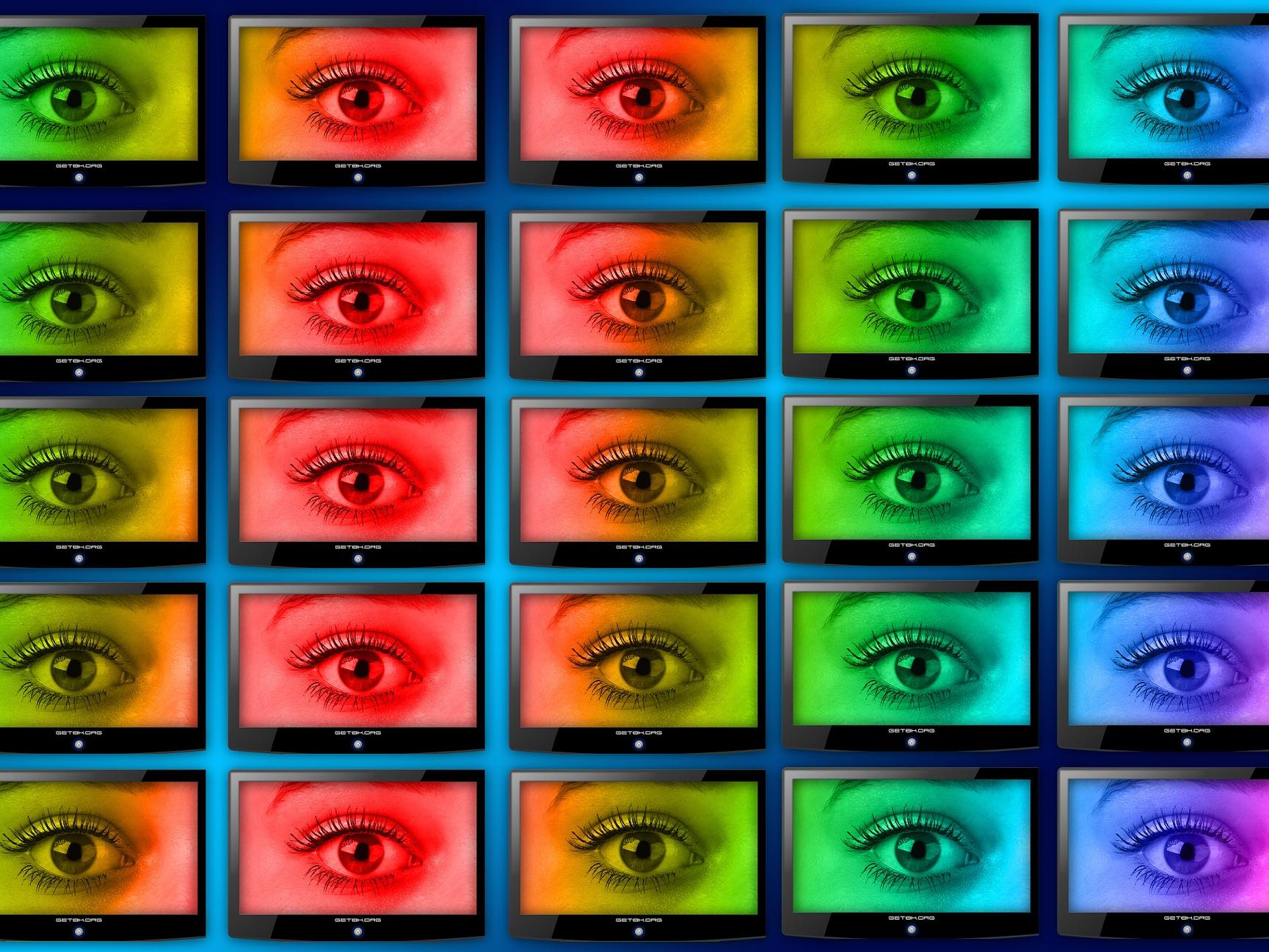
Brian Sims
Editor

Brian Sims
Editor
THE BIOMETRICS and Surveillance Camera Commissioner is beginning the process of gathering the latest information from all police forces under his jurisdiction on their use of overt surveillance camera systems.

Professor Fraser Sampson has written to the chief officers of all 43 geographical forces in England and Wales, the Ministry of Defence, the British Transport Police and the Civil Nuclear Constabulary asking for details of their use and governance of all overt surveillance camera systems deployed in public places.
The survey covers all facial recognition-enabled systems, drone-mounted camera systems, helicopters or aeroplane-mounted systems, body-worn video cameras, Automatic Number Plate Recognition systems and any other surveillance camera systems in public places that fall within the definition of Section 29(6) of the Protection of Freedoms Act 2012.
System capabilities
Questions ask about the capabilities of systems, whether they use equipment from non-UK suppliers (about which there have been ethical or security concerns), what due diligence they have undertaken to ensure they’re working with trusted partners and how their systems comply with the Home Secretary’s Surveillance Camera Code of Practice (which they have a legal duty to observe).
About facial recognition in particular, Professor Sampson’s survey asks forces whether they currently use facial recognition technology and, if so, whether it’s live (ie real-time) or retrospective, and whether it’s initiated by officers using cameras on their mobile phones or some other kind of system.
If no such technology is currently in use, the survey asks whether forces intend to start using facial recognition technology in the future.
Important snapshot
Professor Sampson observed: “There’s little doubt that the police use of surveillance camera systems in the public sphere has been increasing in recent years. This survey will provide an important snapshot of what kinds of overt surveillance camera systems police are using, what they are being used for and the extent to which facial recognition technology is now being employed. It should also tell us whether police forces are complying with the new Surveillance Camera Code as they should be.”
Sampson added: “It will be very interesting to see how much things have changed since similar surveys were conducted in 2017 and 2019 by my predecessor in the role of Surveillance Camera Commissioner. The Government’s revised Surveillance Camera Code of Practice came into force in January this year and emphasises the importance of the legitimate use of technology ‘to a standard that maintains public trust and confidence’.”
Dorset House
64 High Street
East Grinstead
RH19 3DE
UNITED KINGDOM
01342 31 4300